-
Telefone : +8618150976625
-
E-mail : Hello@MicrofiberLeather.com
Telefone : +8618150976625
E-mail : Hello@MicrofiberLeather.com
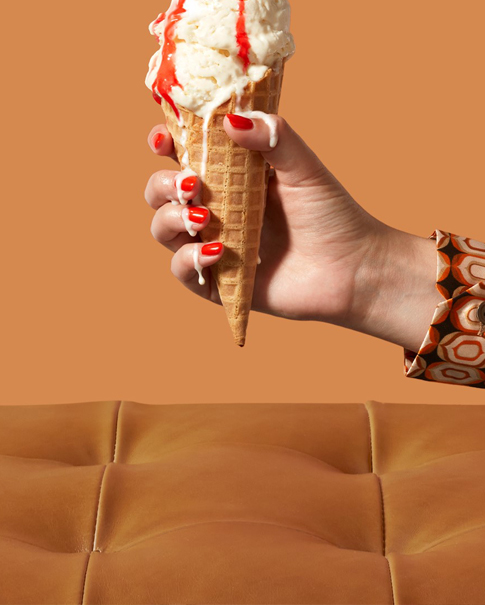
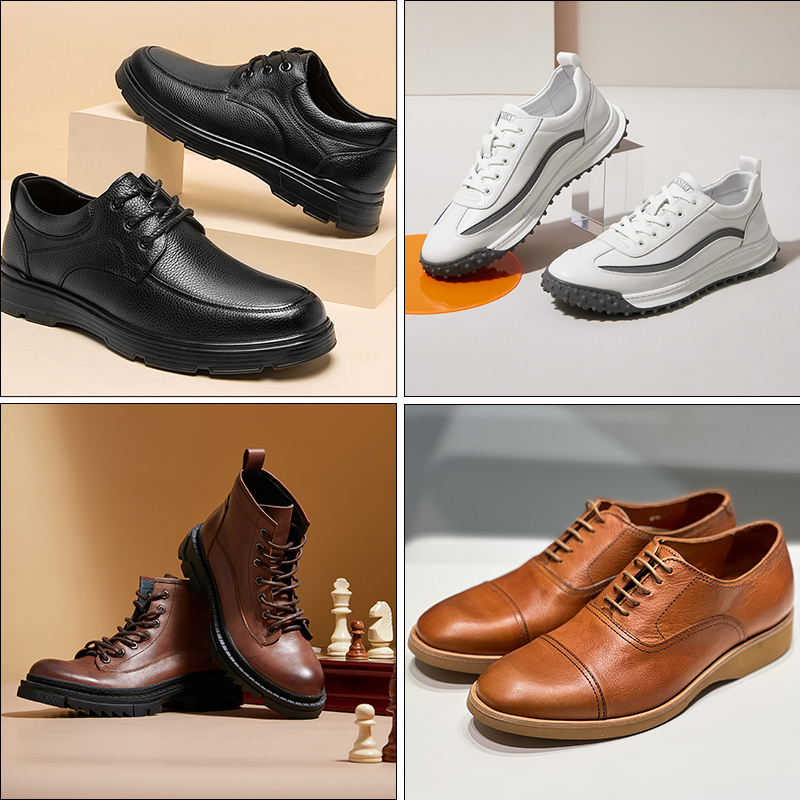
Muitas vezes me perguntam se Sapatos de material PU Faça um investimento inteligente. Na minha experiência, elas oferecem um ótimo custo-benefício para quem tem orçamento limitado e proporcionam um estilo impressionante sem usar produtos de origem animal. Por outro lado, notei que às vezes elas não são muito respiráveis e podem não durar tanto quanto o couro legítimo. Eu levo esses fatores em consideração ao escolher o par ideal para as minhas necessidades.
couro PU Os sapatos são acessíveis, o que os torna uma ótima opção para compradores com orçamento limitado.
Esses sapatos oferecem um visual estiloso e estão disponíveis em diversos modelos, perfeitos para uso casual.
couro PU É um produto que respeita os animais, oferecendo uma alternativa livre de crueldade ao couro tradicional.
Embora os sapatos de PU sejam Leve e fácil de limpar., podem apresentar falta de respirabilidade e durabilidade ao longo do tempo.
Analise bem as suas necessidades; o couro PU funciona bem para uso leve, mas pode não ser adequado para atividades pesadas.
Quando procuro sapatos que equilibrem qualidade e preço, costumo recorrer a couro PUA indústria calçadista utiliza ambos. Poliuretanos MDI e TDI Em calçados sintéticos, o MDI confere aos sapatos uma durabilidade impressionante, enquanto o TDI adiciona flexibilidade e conforto, especialmente nas palmilhas. Essas características ajudam a manter o custo dos calçados de couro PU baixo, sem sacrificar o desempenho. Percebo que muitos compradores sensíveis ao preço Compare as opções sintéticas de diferentes marcas, principalmente online. O e-commerce facilita a busca por ofertas e promoções, o que aumenta ainda mais o apelo do couro PU para compradores com orçamento limitado. O preço acessível dos calçados sintéticos se destaca, especialmente quando comparo o couro PU com outros materiais. Couro do falso e couro genuíno.
Aprecio a leveza que os sapatos sintéticos feitos de couro PU proporcionam aos meus pés. A resina de poliuretano, principal componente desses sapatos, oferece ambas as vantagens. durabilidade e flexibilidadeEssa combinação significa que meus sapatos duram mais e se adaptam aos movimentos dos meus pés. Percebo que as formulações especiais de PU oferecem amortecimento extra, o que dá suporte aos meus pés durante longos períodos de uso. A flexibilidade dos materiais sintéticos permite maior liberdade de movimento, tornando os sapatos de couro PU confortáveis para o dia a dia. Ao comparar o couro PU com o couro sintético, noto que ambos oferecem conforto semelhante, mas o PU geralmente proporciona mais suporte com o tempo.
Para mim, estilo é importante, e os sapatos sintéticos feitos de couro PU oferecem uma ampla gama de opções estilosas. Os fabricantes podem moldar o PU facilmente em diferentes formatos, texturas e cores. Essa versatilidade me permite escolher entre designs modernos que imitam a aparência do couro verdadeiro. Distinguir entre couro verdadeiro e sintético é um desafio. couro e PU O couro pode ser complicado porque os sapatos sintéticos modernos parecem muito convincentes. Vejo com frequência sapatos de couro PU em estilos clássicos e ousados, o que facilita combiná-los com meu guarda-roupa. O acabamento sintético também resiste ao desbotamento, então meus sapatos mantêm a aparência de novos por mais tempo.
Um dos motivos pelos quais prefiro o couro PU para uso diário é a sua resistência à água e ao óleo. Testes de laboratório mostram que os calçados sintéticos feitos de PU atendem a padrões rigorosos de resistência à água e ao óleo. penetração, absorção e flexibilidade da águaAqui está uma breve visão geral do desempenho do couro PU nesses testes:
Nome do teste | Propósito | Bom resultado |
|---|---|---|
Penetração e absorção de água | Medir a entrada e a absorção de água. | Tempo de penetração ≥ 60 min, Absorção ≤ 15% |
Impermeabilidade dinâmica (teste de flexão) | Resistência à água durante a flexão | ≥ 20.000 flexões = Bom, ≥ 50.000 = Excelente |
Teste de pressão hidrostática | Resistência à pressão da água antes do vazamento | ≥ 5.000 mmH₂O = Impermeável, ≥ 10.000 = Altamente resistente |
Absorção e dessorção de água | Taxas de absorção e liberação | Absorção ≤ 15%, Desorção ≥ 60% |
Resistência à flexão (sem água) | Flexibilidade e resistência a rachaduras | Sem rachaduras após 50.000 a 100.000 ciclos. |
Teste de manchas de água / teste da gota de água | Resistência superficial às manchas de água | Sem anel visível ou alteração de cor após a secagem |
Constato que os sapatos sintéticos com couro PU mantêm meus pés secos em condições de umidade e resistem a manchas de óleo, tornando-os práticos para climas imprevisíveis.
Prezo por sapatos fáceis de cuidar, e os de couro sintético PU atendem perfeitamente a essa necessidade. Ao contrário do couro legítimo, que exige cuidados especiais após derramamentos, o couro PU pode ser limpo com um pano. Isso torna os sapatos sintéticos ideais para uso externo e menos problemáticos em dias de chuva. Percebi que a distinção entre couro legítimo e couro PU se torna mais fácil quando vejo como é simples manter os sapatos sintéticos limpos. Uma simples limpeza remove a maioria das manchas, enquanto o couro legítimo precisa de cuidados especiais para evitar danos. Essa praticidade me economiza tempo e esforço.
Como alguém que se preocupa com o bem-estar animal, reconheço que o couro PU oferece uma alternativa livre de crueldade ao couro tradicional. A ascensão do Consumismo ecológico e ético A moda mudou a forma como compro sapatos. Muitas marcas agora usam materiais sintéticos para criar calçados estilosos e de alta qualidade a preços mais baixos. Vejo que as marcas de fast fashion usam couro PU para atender à demanda por opções acessíveis e livres de crueldade animal. Os consumidores mais jovens, incluindo eu, geralmente preferem produtos ecológicos e que não envolvam crueldade animal. A transparência na fabricação e a rotulagem ecológica também influenciam minhas escolhas, tornando os sapatos sintéticos com couro PU uma das principais opções para a moda ética.
Durabilidade é um fator essencial para mim na hora de escolher sapatos. O couro sintético PU se destaca por sua resistência. impressionante resistência ao desgaste e tenacidadeAqui está uma tabela que destaca os pontos fortes técnicos do PU em calçados:
Propriedade | Contribuição para a resistência ao desgaste e durabilidade |
|---|---|
Boa resistência ao desgaste | Superior à borracha comum, geralmente de 3 a 5 vezes melhor, sendo ideal para resistência ao desgaste e absorção de impactos. |
Excelentes propriedades mecânicas | Sua alta resistência e tenacidade permitem que ele suporte grandes forças externas e impactos. |
Alta elasticidade | Mantém alta elasticidade em uma ampla faixa de dureza, permitindo que se recupere rapidamente da tensão. |
Boa estabilidade química | Resiste à erosão causada por ácidos, álcalis e outros produtos químicos, mantendo um desempenho estável em ambientes agressivos. |
Resistência ao óleo e ao envelhecimento. | Apresenta bom desempenho em contato com óleos e produtos químicos, com melhor resistência ao envelhecimento do que a borracha natural. |
Resistência superior a altas e baixas temperaturas | Suporta temperaturas de -50 °C a 120 °C, mantendo a flexibilidade e a elasticidade em condições extremas. |
Descobri que os calçados sintéticos feitos de couro PU duram mais do que muitas outras opções sintéticas. Sua resistência ao desgaste, a produtos químicos e a temperaturas extremas os torna adequados para diversos ambientes. A durabilidade do couro PU garante que meus calçados permaneçam em bom estado, mesmo com uso frequente.
Dica: Se você busca calçados que combinem estilo, conforto e valores ecológicos, os sapatos de couro sintético PU oferecem uma solução inteligente para o uso diário.
Quando eu uso sapatos feitos de couro PUPercebo que elas costumam ser mais rígidas do que as feitas de outros materiais. Essa rigidez vem do alta resistência e durabilidade do poliuretanoEmbora essas qualidades ajudem os calçados a durarem mais, elas também limitam a flexibilidade. Comparei calçados de PU com aqueles com solado de etileno-acetato de vinila (EVA) e a diferença é clara. Os calçados de EVA se dobram e absorvem energia melhor, tornando-os mais confortáveis para atividades que exigem muita movimentação. Aqui estão alguns pontos que observei:
O poliuretano e o poliuretano termoplástico oferecem alta durabilidade e resistência.
O aumento da rigidez nos calçados de PU reduz sua capacidade de absorver impactos.
Os calçados de EVA oferecem maior flexibilidade e melhor absorção de energia, o que considero mais confortável para corrida ou esportes.
Se você precisa de calçados para atividades que exigem flexibilidade, as desvantagens do couro PU, como a rigidez, podem se tornar um verdadeiro inconveniente.
A respirabilidade é outro ponto fraco dos calçados de couro PU. Já usei sapatos de PU em dias quentes e notei que meus pés esquentam e suam muito mais rápido do que com tênis de couro natural ou de tela. A superfície sintética do PU não permite a passagem de ar com facilidade. Essa falta de ventilação pode causar desconforto, principalmente durante longos períodos de uso. Vi algumas marcas tentarem melhorar isso adicionando perfurações ou painéis de tela, mas o material principal ainda limita a circulação de ar. Para quem valoriza pés frescos e secos, essa é uma desvantagem significativa.
O impacto ambiental A produção de couro PU tornou-se uma grande preocupação para mim. Preocupo-me com escolhas ecológicas, por isso presto muita atenção em como meus sapatos são feitos. O processo de fabricação do PU envolve produtos químicos e uso de energia, o que pode prejudicar o meio ambiente. Aprendi que O PU não é biodegradável.Isso significa que sapatos velhos podem ficar em aterros sanitários por anos. Reciclar sapatos de PU também é difícil porque eles geralmente contêm uma mistura de materiais. Aqui está um exemplo. tabela que compara o impacto ambiental de PU, couro e materiais reciclados:
Aspecto | Material PU Impacto | Impacto do couro | Impacto dos Materiais Reciclados |
|---|---|---|---|
Fórmulas ecológicas | Sistemas de poliuretano à base de água reduzem as emissões de COVs (Compostos Orgânicos Voláteis). | O curtimento de couro produz resíduos nocivos. | Menor impacto devido à redução do uso de recursos. |
Eficiência de fabricação | A automação reduz o desperdício. | Processo que exige muitos recursos | Reduz os custos de produção e o desperdício. |
Foco em Sustentabilidade | Inovações em poliuretano de base biológica abordam preocupações | Pegada de carbono elevada | Apoia a economia circular |
Apesar de alguns avanços ecológicos, as implicações ambientais do uso de couro PU continuam preocupantes. Li que o PU pode liberar microplásticos no meio ambiente, contribuindo para a poluição. Marcas como Nike e Adidas estão explorando o PU reciclado para reduzir o impacto ambiental, mas essas soluções ainda são recentes. Sempre considero as implicações ambientais do uso de couro PU antes de fazer uma compra.
Conforto é uma prioridade para mim na hora de escolher sapatos. Embora os sapatos de couro PU ofereçam algum amortecimento, acho que não se comparam ao suporte e conforto de tênis esportivos de alta performance. Muitos tênis esportivos usam materiais avançados, como espuma Ortholite ou ETPU biodegradável, para amortecimento superior e resposta elástica. Essas características ajudam a manter meus pés confortáveis durante atividades intensas. Em contrapartida, os sapatos de PU geralmente não oferecem o mesmo nível de suporte, principalmente para pessoas com problemas específicos nos pés. A respirabilidade limitada e a rigidez também podem torná-los menos confortáveis para uso prolongado.
Frequentemente me perguntam: "Quanto tempo dura o couro PU?" Na minha experiência, os sapatos de PU ficam ótimos quando novos, mas sua aparência pode mudar rapidamente. Com o tempo, já vi o couro PU rachar, descascar ou desbotar, principalmente com uso intenso. Ao contrário do couro genuíno, que desenvolve uma pátina única, o PU tende a mostrar desgaste de maneiras menos atraentes. Percebi que a exposição à luz solar e à umidade acelera esse processo. Se você quer sapatos que mantenham a aparência por anos, esse é um fator importante a ser considerado. Quando comparo a durabilidade do couro PU com a de outros materiais, constato que a durabilidade nem sempre é tão alta quanto a prometida.
Aprendi que sapatos de couro PU não são adequados para todas as atividades. Sua rigidez e baixa respirabilidade os tornam uma escolha ruim para esportes ou uso intenso ao ar livre. Quando preciso de calçados para caminhadas, corridas ou ambientes de trabalho exigentes, prefiro opções com maior flexibilidade, amortecimento e suporte. Tênis esportivos geralmente apresentam cabedal em malha respirável, amortecimento no calcanhar e palmilhas removíveis para um ajuste personalizado. Essas características raramente são encontradas em sapatos de PU. Se você precisa de calçados para atividades de alto impacto ou específicas, o PU pode não atender às suas necessidades.
Observação: Embora os sapatos de couro PU ofereçam muitas vantagens, sempre levo em consideração as desvantagens antes de tomar uma decisão. O impacto ambiental, as limitações de conforto e os problemas de durabilidade são fatores importantes na minha escolha. Se você valoriza produtos ecológicos e desempenho duradouro, talvez queira explorar outros materiais.
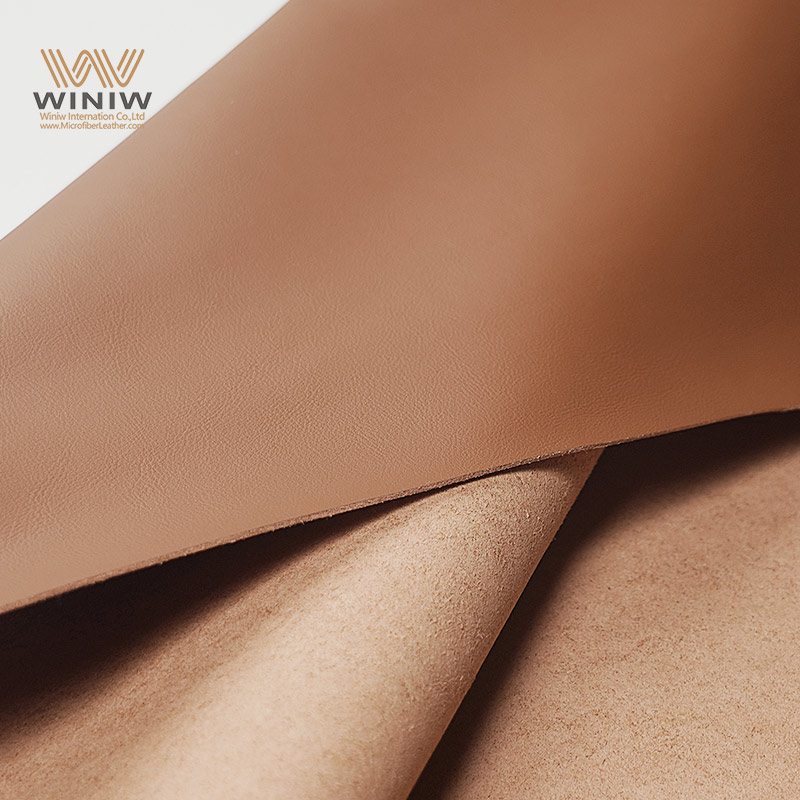
Eu sempre recomendo sapatos de couro PU Para amigos que querem economizar dinheiro. O preço do couro PU o torna uma escolha inteligente para quem tem um orçamento apertado. Acho que os sapatos de couro PU costumam custar muito menos do que os de couro legítimo, mas ainda assim têm um visual elegante. Muitas marcas oferecem couro PU como uma alternativa ecológica aos materiais tradicionais. Já vi sapatos de couro PU em promoção tanto em lojas físicas quanto online. O preço acessível do couro PU me permite comprar vários pares para diferentes ocasiões sem gastar muito.
Quando quero renovar meu guarda-roupa, escolho sapatos de couro sintético pela sua elegância e versatilidade. Os designers usam couro sintético para criar looks modernos que imitam o couro verdadeiro. Percebo que o couro sintético está disponível em diversas cores e acabamentos, o que me permite combinar meus sapatos com qualquer roupa. Para passeios casuais ou eventos sociais, confio nos sapatos de couro sintético para manter meu visual sempre impecável. O acabamento sintético do couro sintético resiste a manchas e ao desbotamento, fazendo com que meus sapatos permaneçam bonitos por mais tempo. Aprecio o fato de o couro sintético oferecer uma alternativa ecológica para os amantes da moda que se preocupam com o meio ambiente.
Como alguém que valoriza o bem-estar animal, procuro sapatos que não utilizem produtos de origem animal. O couro PU se destaca como uma alternativa ecológica para veganos. Vejo cada vez mais marcas rotulando seus sapatos de couro PU como veganos. Essa transparência facilita minhas compras de acordo com meus valores. Sinto-me bem sabendo que meus sapatos de couro PU não contribuem para o sofrimento animal. O aspecto ecológico do couro PU também atende ao meu desejo por moda sustentável.
Eu costumo escolher sapatos de couro PU Para ocasiões em que não preciso de calçados muito resistentes, uso sapatos de couro sintético (PU) para ir ao escritório ou para caminhadas curtas. A leveza do PU torna esses sapatos confortáveis para o uso diário. Acho que o PU funciona bem para eventos em que quero estar elegante, mas não preciso de máxima durabilidade. Quando quero uma alternativa ecológica para uso leve ou ocasional, os sapatos de PU atendem perfeitamente às minhas necessidades.
Dica: Se você busca calçados acessíveis, estilosos e ecológicos, o couro PU é uma ótima opção para diversas situações do dia a dia.
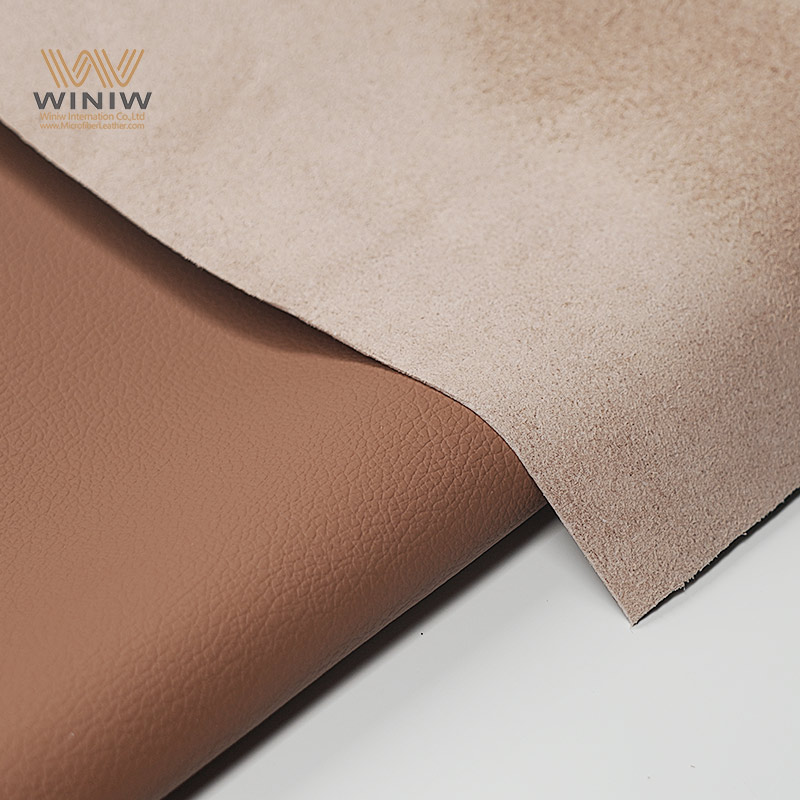
Eu usei sapatos de couro PU Durante atividades ao ar livre, o material muitas vezes não resiste a terrenos acidentados e à exposição constante à umidade. Quando faço trilhas ou trabalho ao ar livre, preciso de calçados que ofereçam flexibilidade e resistência. O couro PU tende a rachar ou descascar após contato repetido com pedras e lama. Percebo que as solas perdem a aderência rapidamente, o que aumenta o risco de escorregar. Para tarefas pesadas, confio em calçados feitos de materiais mais robustos. Os sapatos de couro PU não oferecem a durabilidade necessária para ambientes exigentes.
A durabilidade é o fator mais importante na hora de escolher sapatos para uso diário. Sapatos de couro sintético parecem atraentes à primeira vista, mas mostram sinais de desgaste mais rapidamente do que outros. Couro genuínoObservo vincos e danos na superfície após apenas alguns meses de uso regular. O revestimento sintético do couro PU descasca com frequência, principalmente na região dos dedos e do calcanhar. Quando preciso de sapatos que durem anos, evito o couro PU. O material não consegue igualar o desempenho a longo prazo do couro natural ou de materiais sintéticos avançados. Recomendo o couro PU apenas para uso ocasional, não para situações que exigem alta durabilidade.
Atividades atléticas exigem calçados com excelente suporte e respirabilidade. Já experimentei correr com tênis de couro PU. Meus pés ficaram quentes e desconfortáveis depois de pouco tempo. A falta de ventilação do couro PU restringe o fluxo de ar, o que leva à transpiração excessiva. Também notei que a rigidez do PU limita meus movimentos. Para esportes ou exercícios de alto impacto, prefiro calçados com cabedal em mesh e solado acolchoado. O couro PU não oferece a flexibilidade ou o conforto necessários para o desempenho atlético. Aconselho os atletas a escolherem calçados projetados especificamente para o seu esporte.
Preocupo-me com escolhas ecológicas e sustentabilidade. Os sapatos de couro PU geralmente utilizam derivados de petróleo, o que aumenta sua pegada de carbono. Quando comparo o couro PU com calçados sustentáveis, vejo diferenças claras:
Aspecto | Sapatos de material PU | |
|---|---|---|
Fonte do material | Frequentemente derivado de produtos petroquímicos | Formulações de base biológica provenientes de recursos renováveis |
Impacto ambiental | Maior pegada de carbono devido ao uso de produtos petroquímicos. | Reduzir a pegada de carbono, promovendo a sustentabilidade. |
Inovações | Formulações de PU de base biológica e recicláveis estão surgindo. | Foco na economia circular e na reciclabilidade |
Conformidade regulatória | A conformidade incentiva inovações ecológicas. | Forte ênfase em práticas sustentáveis |
Percebo que os calçados sustentáveis utilizam recursos renováveis e priorizam a reciclagem. Os calçados de couro PU, por outro lado, estão atrasados em práticas ecologicamente corretas. Embora algumas marcas experimentem o PU de base biológica, a maioria ainda depende da fabricação tradicional. Escolho calçados ecológicos quando quero reduzir meu impacto ambiental. O couro PU não se alinha aos meus valores de sustentabilidade.
Se você precisa de calçados para condições adversas, esportes ou deseja apoiar iniciativas ecológicas, o couro PU pode não ser a melhor opção.
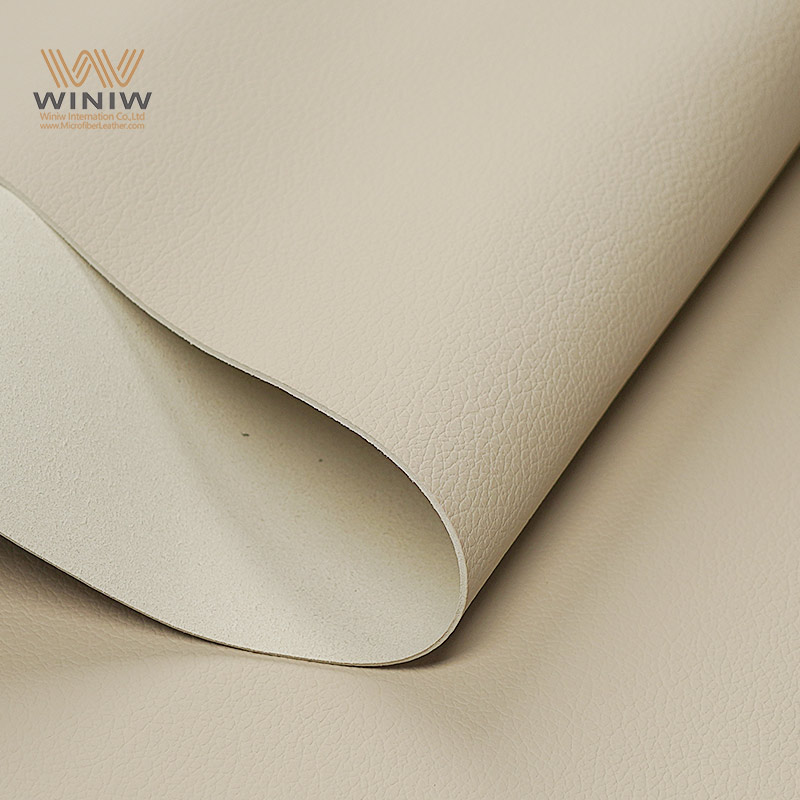
Ao considerar comprar sapatos de PU, sempre começo listando as principais vantagens e desvantagens. Considero que o couro PU oferece um visual elegante, preço acessível e um apelo amigável aos animais. Esses sapatos geralmente vêm em diversas cores e modelos, o que os torna os favoritos de quem está antenado na moda. Também aprecio o fato de o couro PU resistir à água e ao óleo, facilitando a limpeza diária. No entanto, percebo que os sapatos de PU podem ser rígidos e não muito respiráveis. Com o tempo, o couro PU tende a rachar ou descascar, principalmente com uso intenso. impacto ambiental do pu Isso também me preocupa, já que a maioria dos calçados de material PU não se degrada naturalmente.
Segue uma tabela rápida que uso para comparar os principais pontos:
Vantagens dos sapatos de couro PU | Desvantagens dos sapatos de couro PU |
|---|---|
Acessível | Pode parecer rígido |
Elegante e versátil | Respirabilidade limitada |
Fácil de limpar | Pode rachar ou descascar com o tempo. |
amigo dos animais | Não biodegradável |
Resistente à água e ao óleo. | Menos resistente para uso intenso. |
Sempre me lembro de que nenhum material para sapatos é perfeito. A melhor escolha depende do que eu mais valorizo.
Escolho meus calçados de acordo com meu estilo de vida e prioridades. Se quero um calçado acessível e moderno para passeios casuais, opto por sapatos de PU. Quando preciso de sapatos para um ambiente de trabalho mais leve ou eventos ocasionais, o couro PU funciona bem. Para quem se preocupa com o bem-estar animal, o couro PU oferece uma ótima opção vegana. No entanto, se pretendo fazer trilhas, correr ou trabalhar ao ar livre, evito sapatos de PU. Busco materiais mais duráveis quando preciso de um calçado com bom desempenho a longo prazo. Se a sustentabilidade for sua prioridade, pesquiso marcas que utilizam PU reciclado ou de base biológica.
Sempre me faço estas perguntas antes de comprar:
Vou usar esses sapatos todos os dias ou apenas ocasionalmente?
Preciso de máximo conforto e respirabilidade?
Quão importante é o bem-estar animal ou a preocupação com o meio ambiente para mim?
Estou disposto a sacrificar um pouco de durabilidade em troca de um preço mais baixo?
Ao responder a essas perguntas, garanto que meu próximo par de sapatos de material PU atenda às minhas necessidades e valores.
Depois de ponderar os prós e os contras, percebo que os sapatos de couro PU oferecem um ótimo custo-benefício para muitas pessoas. Eu escolho couro PU quando quero calçados acessíveis, estilosos e que respeitem os animais. Sei que o couro PU não dura tanto quanto alguns materiais, mas atende às minhas necessidades para uso casual e leve. Sempre verifico se o couro PU se encaixa no meu estilo de vida antes de comprar. Encorajo você a pensar nas suas prioridades. Se você busca praticidade e um estilo moderno, o couro PU pode ser uma boa opção. Confio na minha experiência com couro PU para guiar minhas escolhas. Você pode se sentir seguro na sua decisão quando entender o que o couro PU oferece.
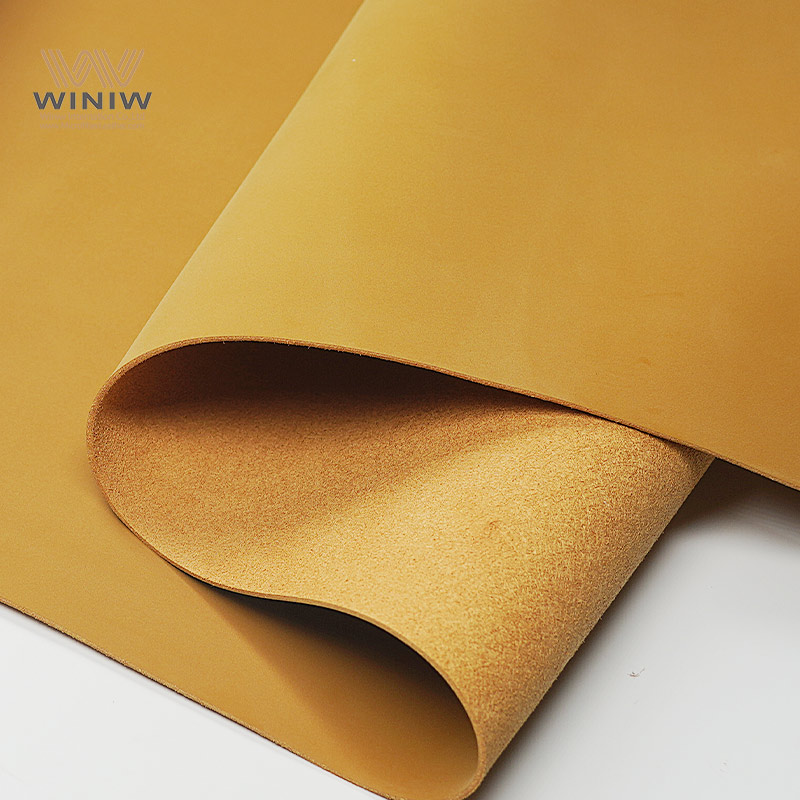
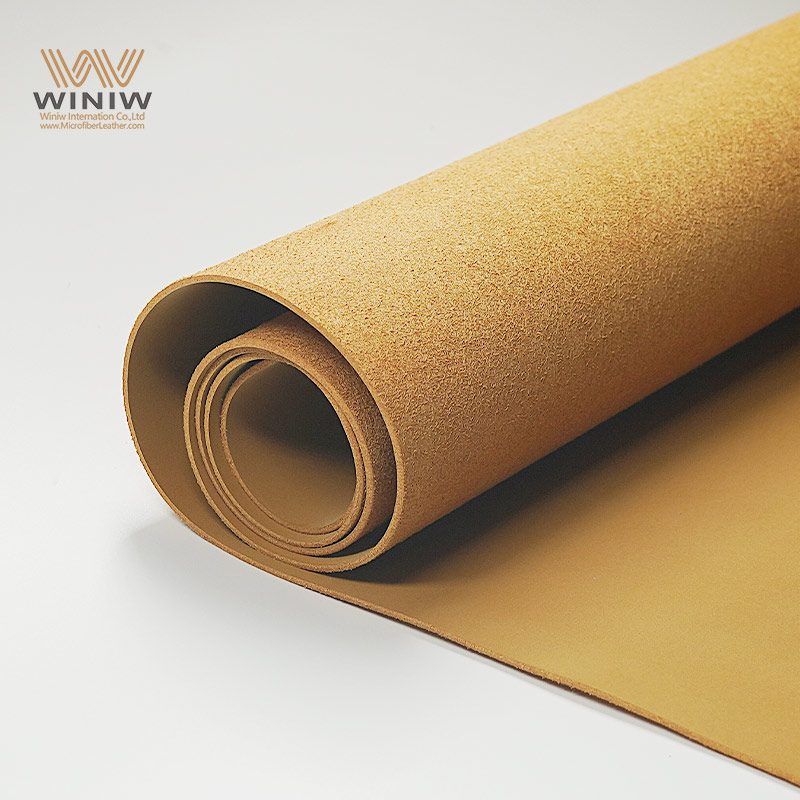
Eu vejo couro PU É um material sintético feito de poliuretano. Tem a aparência de couro verdadeiro, mas custa menos. O couro PU não utiliza peles de animais. Percebo que o couro verdadeiro é mais macio e dura mais, enquanto o couro PU oferece mais opções de cores e é mais fácil de limpar.
Uso sapatos de couro sintético em dias de chuva. A superfície resiste à água e ao óleo. O couro sintético mantém meus pés secos durante chuvas leves. Limpo facilmente qualquer líquido derramado. Evito poças profundas porque o couro sintético pode não se manter impermeável em chuvas fortes.
Constato que os sapatos de couro sintético duram cerca de um a dois anos com uso regular. O material pode rachar ou descascar com o tempo. Percebo que o couro sintético não desenvolve pátina como o couro legítimo. Troco meus sapatos de couro sintético quando eles apresentam sinais visíveis de desgaste.
Uso sapatos de couro sintético para saídas curtas. O material é leve, mas noto que respira menos. O couro sintético pode ficar rígido depois de algumas horas de uso. Escolho sapatos de couro sintético para eventos casuais, não para longas caminhadas ou atividades esportivas.
Eu pesquiso sobre couro PU antes de comprar. A maioria dos couros PU são derivados de produtos petroquímicos. O processo de produção utiliza energia e produtos químicos. O couro PU não se degrada facilmente. Busco marcas que utilizam couro PU reciclado ou de base biológica para reduzir o impacto ambiental.
Dica: Eu sempre verifico os rótulos dos produtos para opções de couro PU ecológico.
HOT TAGS :
Camurça sintética com visual luxuoso para expositores de joias
O que são roupas de poliuretano e por que escolhê-las?
Business Phone : +8618150976625
E-mail : Hello@MicrofiberLeather.com
Mobile & WhatsApp : +8618150976625
Endereço : W6-302 Shimao Manhadun Shuanglong Road, Jinjiang Quanzhou Fujian China

© direito autoral 2022 Winiw International Co., Ltd.Todos os direitos reservados.
XML | Política de Privacidade |

